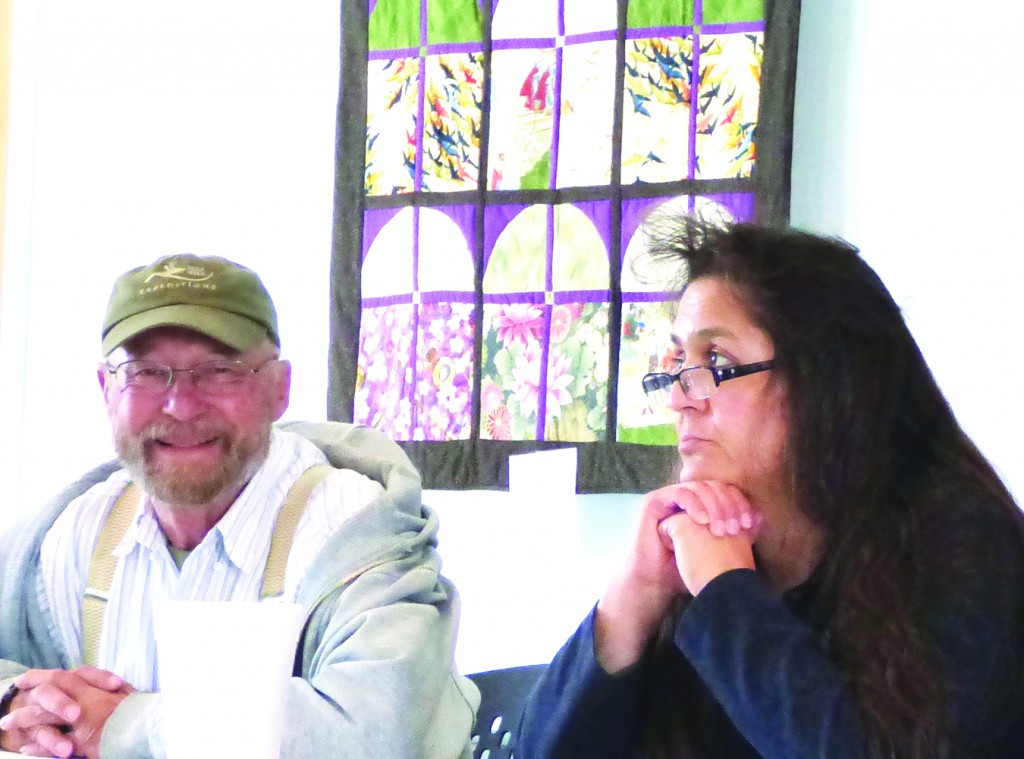Data shows some properties not assessed

By Teresa L. Benns
SAGUACHE — Despite a six-year long effort to catch up on assessing properties in the county and update the tax base to include land never reassessed after improvements were made, a recent study shows Saguache County is still struggling to identify and assess those properties now classified as vacant land.
According to data provided by Pete Magee with the San Luis Valley GIS/GPS authority in Alamosa “there are 440 records that are designated as unimproved, but appear to have structures on them based on aerial imagery” in Saguache County.
Magee commented further that it appears the figures are correct according to programs used to “spot check” the findings. “When we check our findings against online records, we see that property values are based on land value only, no improvement value is available,” Magee said in a Feb. 28 email to the county. “We interpret this as indicating that improvements have not been captured.”
Of the 440 records Magee forwarded to the county after his evaluation, assessor’s office employee Jackie Stephens reported on the results of the study April 6 as follows:
Already completed in system - no action needed - 154 accounts out of 443
Parcel viewer issues - review physically - 35 accounts out of 443
Miscellaneous issues - review physically - 57 accounts out of 443
No permit - review physically - 98 accounts out of 443
Needs picked up - review physically - 99 accounts out of 443
Stephens indicated she and another assessor’s office employee will be working to provide more information in the “accounts that needs picked up.”
Vacant land designation has been an issue in recent Saguache County Planning Commission meetings because according to land use regulations, marijuana cultivators cannot run operations on vacant land. Assessor Peter Peterson says his office has been actively working to catch up on assessing new properties since it was discovered by the state in 2011 that the county was behind in its property assessments.
Tax assessment issues
The Colorado Board of Equalization ordered Saguache County Assessor Jacqueline Stephens to reassess all residential property in the county following a unanimous vote by the Board Oct. 5, 2011. The board found during the Oct. 5 hearing that “the assessor failed to value residential property consistent with the Constitution, statutes and manuals published by the Division of Property Taxation.” By unanimous vote, the state board orders all residential property in Saguache County to be reappraised during the property tax year commencing Jan. 1, 2012.
In March of 2012, a state official said that a total of 1,520 properties would be reviewed, some with partial assessments. In May of 2013, Assessor Stephens reported that 8,782 properties were reviewed for reappraisal orders and 350 notices of re-evaluation would be mailed to property owners not previously assessed for structures built on their land. Stephens was later cited for dereliction of duty by the state Board of Equalization.
According to research provided by Baca Grande bookkeeper Lisa Cyriacks, those reappraisal orders identified, in the course of the investigation, 1,521 permits issued by the land use [office] affecting 1,100 parcels that were not listed in the assessor’s records. (Dates on identified permits ranged from Feb. 8, 1994 to Oct. 26, 2011). The state was able to only visit a portion of these properties, leaving open-ended the question of whether or not the matter has been resolved and these properties are indeed currently on the tax rolls.
Further research reveals that the State Demography Office and the US Government Census show that there were 2,598 households in Saguache County in 2015. Yet the annual property tax audit for 2015 shows Saguache County reporting 2,204 parcels with residential improvements. This difference of 394 households at a median value of $142,200 represents over $56,000,000 in actual valuation that is untaxed by Saguache County.
Retired Boulder attorney Elaine Johnson and several other Crestone area residents, whose taxes rose astronomically following the reassessments (triggered by efforts to re-evaluate properties), filed a lawsuit against the county in 2013. The group of plaintiffs asserted that the 2013 valuations were arbitrary, unfair, and not impartial, with no consideration of relevant elements and speculative future use utilized.
The case was later dismissed with prejudice in March of 2014.
In a 2017 letter to commissioners, Cyriacks wrote: “The Colorado Constitution and case law show that where taxes result in flagrant inequality between the burden imposed by taxes and the benefits received in services, such inequality is unconstitutional. The last time I checked, the Baca Grande subdivision pays one-third or more of the property taxes collected by Saguache County, yet it makes up less than two percent of the land area, and about 25 percent of the population.”



